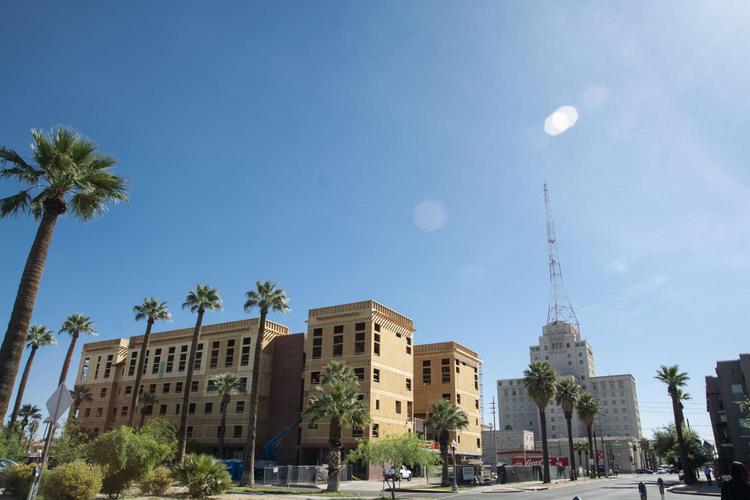The conversation is happening on sidelines at soccer games. In classrooms at Arizona State University. Among friends and relatives who are increasingly desperate to find affordable places to live. Between parents and their millennial children who have good paying jobs. In heartbreaking stories of evictions and displacements featured in this very newspaper.
Arizona’s housing shortage and unprecedented cost increases have collided to hurt many Arizona residents of all ages and incomes. COVID-19 turned the faucet on net population growth in Maricopa County with 86,820 new residents, more than any other U.S. county. It’s clear the solution lies at the local level with swift approval of more quality housing across the price spectrum and throughout the Valley.
It’s really that simple.
We saw the housing crisis coming 2 years ago
But before we cover the solution, we first need to recognize how Arizona wound up in this crisis that I and many of my colleagues in the real estate community, unfortunately, saw brewing at least two years ago.
Over the past few years, a number of elected officials and staff in Valley cities have become increasingly hostile toward housing projects – multifamily projects built for renters in particular.
Angry neighbors spread fear and untruths that more housing projects bring crime and decreased values. Also adding to the situation is an alarming number of cases of elected officials and planning staff in many cities and throughout metro Phoenix who have been downright unwelcoming to future apartment dwellers.
Mayor:Tempe is not affordable for all. We're working to change that
It’s important to point out there are pro-housing cities like Phoenix, Tempe and Goodyear that have taken a more favorable approach and approved a number of quality projects – but they can’t solve the housing shortage alone.

These cities decided to spend their time productively working hard to make sure these various housing projects integrate the design elements that make our cities exciting places to live and work.
It’s a boon to land a new employer like Amazon or Nike, and these cities recognize that a major consideration in corporate relocation and expansion includes housing.
Other cities need to follow their lead.
And all cities need to take a close look at ways to improve processes and cut bureaucracy.
The simple data show the net population growth isn’t going to slow down. And while developers don’t create the demand for housing, they are trying to react and yet are facing various political, planning and construction cost roadblocks that magnify the problem.
8 ways to increase our housing supply
Over the next few months, Home Arizona will be meeting with local leaders and will ask them to adopt policies that will increase the supply of housing. Options include:
Some of these solutions have been discussed at the state level and a bill that eliminates local zoning control has been introduced. We stand in opposition of state intervention and are confident that with bold leadership, cities are up to the task of solving this housing crisis.
Throughout my lifelong career in Arizona real estate, there’s been a universal assumption that Arizona would remain accessible and attractive to new businesses and residents. Without solving this housing imbalance, we can no longer assume the abundance will continue.
We need more housing. We need it now. And cities are in the best position to deliver it.
Michael Lieb co-founded Home Arizona, a pro-housing coalition of Arizona’s top economists, business leaders, policy experts and developers. He has worked in residential and commercial development throughout Metro Phoenix. For more information go to www.HomeArizona.com.
